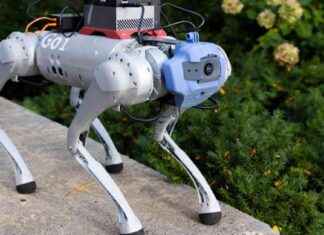Nuclear fusion is said to offer a practically inexhaustible source of energy. However, current research requires vast amounts of energy. There are contingency plans for the Greifswald fusion experiment.
Greifswald (dpa/mv) – The energy-hungry fusion experiment “Wendelstein 7-X” in Greifswald should also be able to run in the event of supply bottlenecks. It had been agreed with the network operator that in this case, for example, work and experimentation times would be shifted so that they fell at times of the day with less consumption, said a spokesman for the Max Planck Institute for Plasma Physics (IPP) at the request of the German Press Agency.
After the resumption of operations this summer, the institute expects an electricity requirement of 18 to 20 gigawatt hours in 2023 and 2024. That is about as much as more than 6,000 German households consume on average.
“Wendelstein 7-X” cannot be switched to an “economy mode” because all components are needed at full power to generate the plasma, the spokesman said. The experimentation time cannot be shortened in a meaningful way either: as a rule, only three to five months per year are available for experiments anyway. “Wendelstein 7-X” needs three months with almost full energy consumption just to start up and shut down. During the rest of the year, the plant will be shut down for maintenance and expansion work.
The aim of nuclear fusion is to generate energy by fusing atomic nuclei, based on the processes that take place within the sun. For this purpose, so-called plasma is generated at extremely high temperatures – a kind of fourth state of aggregation in which atoms separate into their components. In Greifswald, after a lengthy renovation, experiments have been going on since this year with the aim of generating plasma for a particularly long time. The actual core fusion is not operated in Greifswald.
A fusion experiment in Garching near Munich, also operated by the IPP, is helped by chance: “Since “ASDEX Upgrade” will be converted in the next two years, the energy requirements for this system will largely be eliminated there – but of course not for the Garching site itself,” said the spokesman.







